The Australian Institute of Marine Science (AIMS) have been tasked with reporting on the state of the corals and coral cover. They surveyed John Brewer Reef in March, made no mention of any coral bleaching in their report, and stated coral cover to be just 21.8%. There are no photographs.
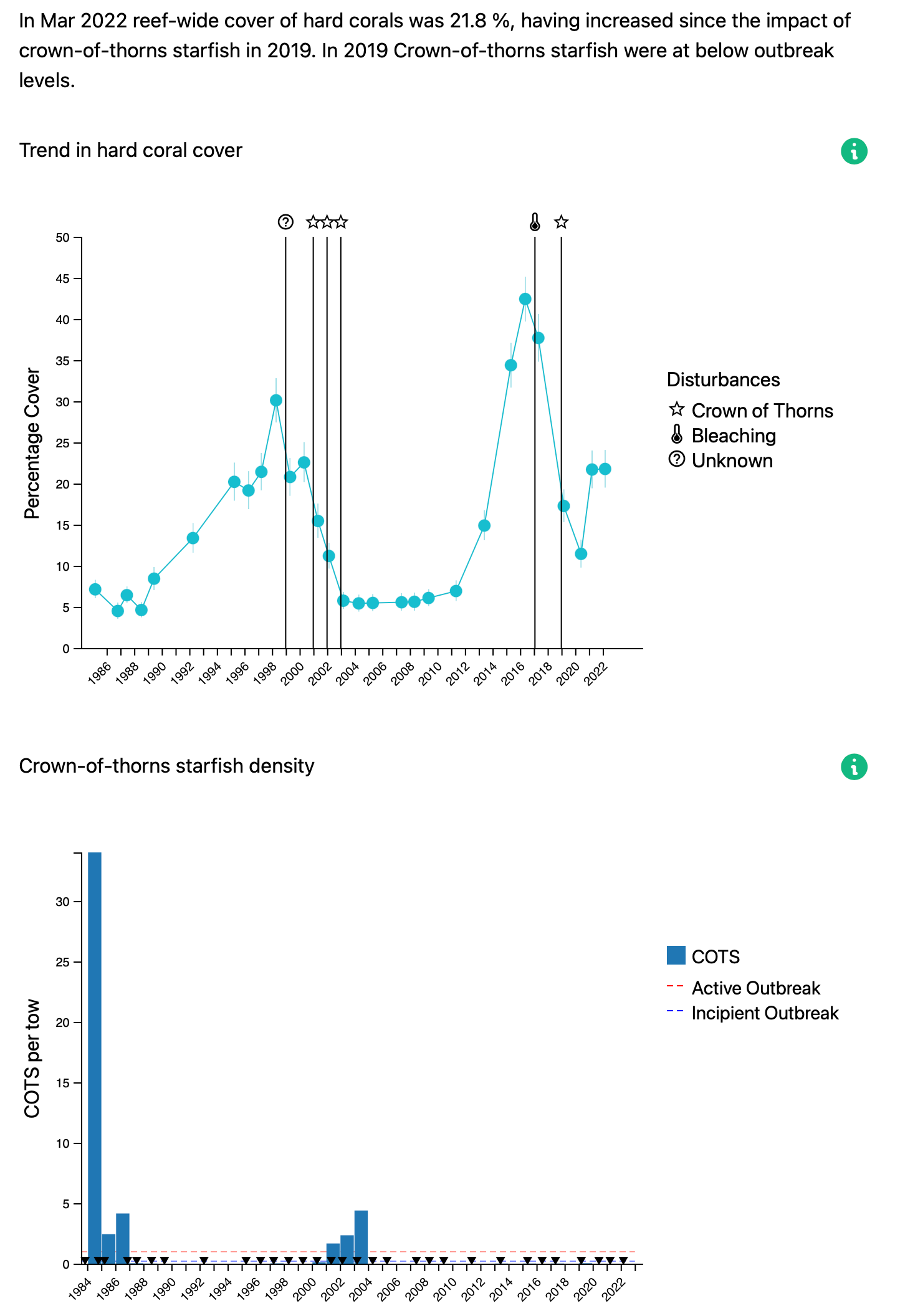
Underwater photographer Leonard Lim visited this same coral reef a month later and his extraordinary underwater photographs show a coral wonderland with more than 100% coral cover across much of the reef crest that extends for nearly 5 kms. At the reef crest a great diversity of different corals compete for light – often growing one over another. It would be absurd to suggest there was only 21.8% coral cover here.
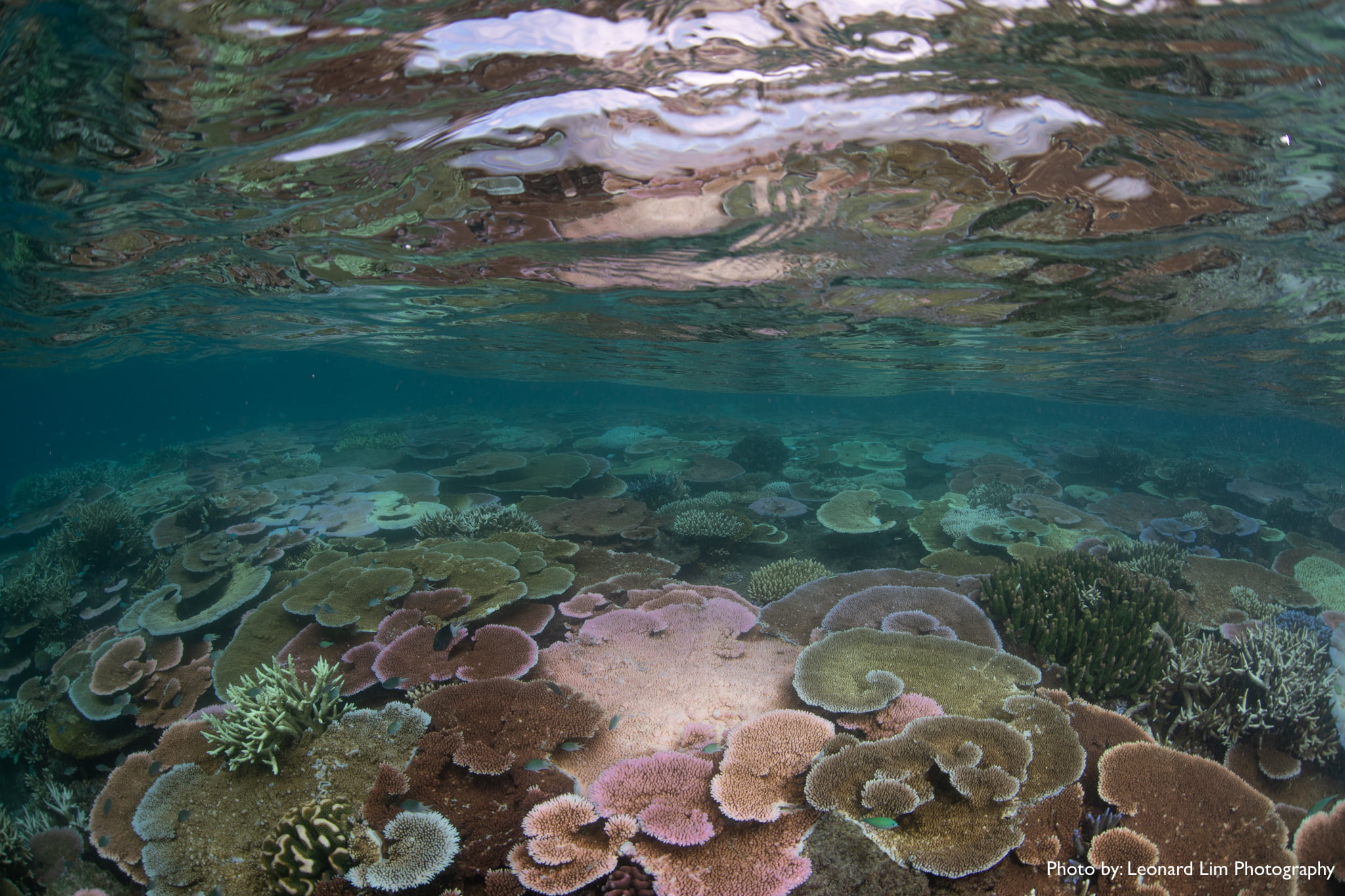
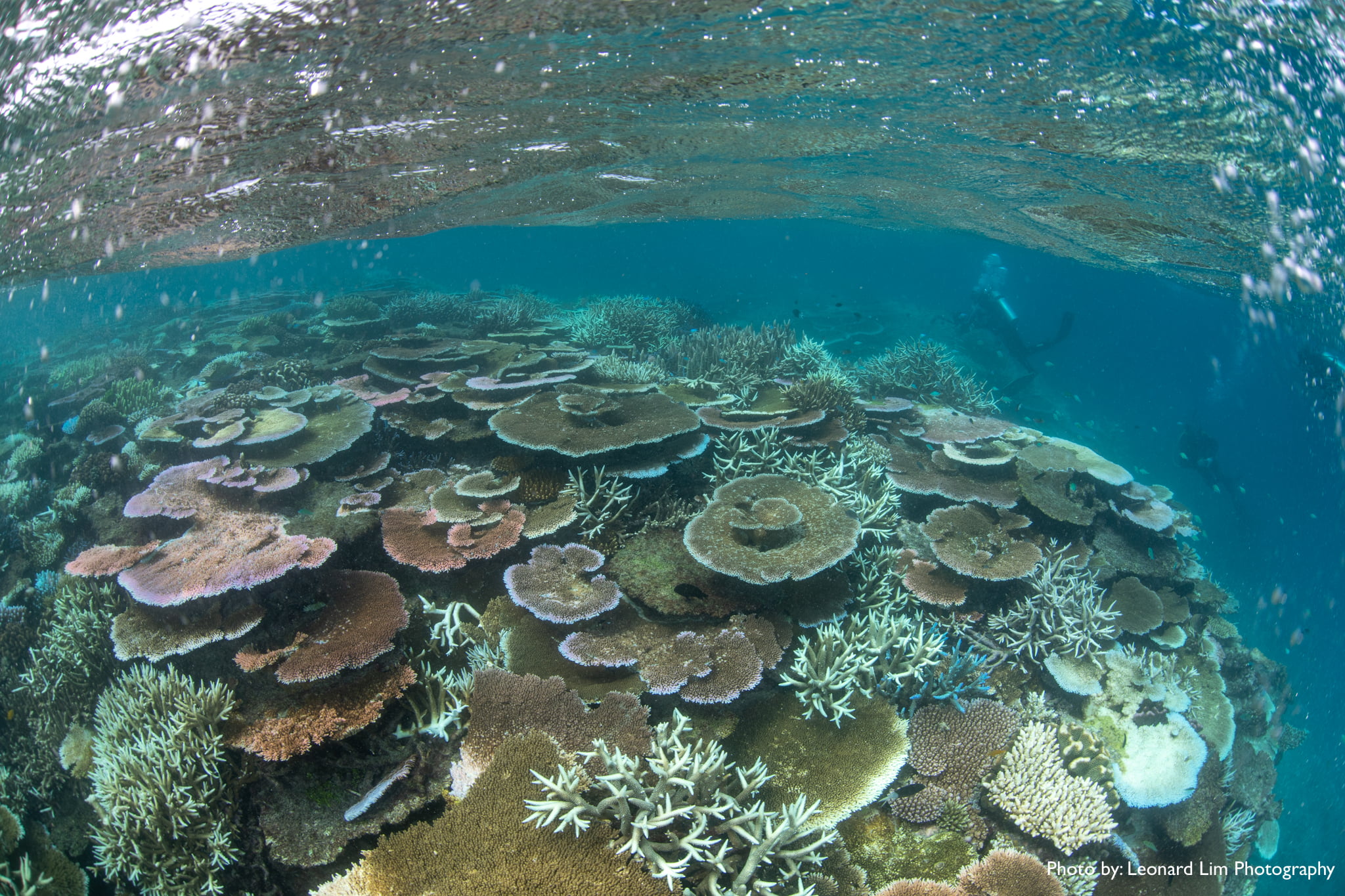
AIMS misleadingly report that coral cover at John Brewer is just 21.8% by surveying only the perimeter of this reef. There methodology is absurd, and it avoids those habitats with most coral cover.
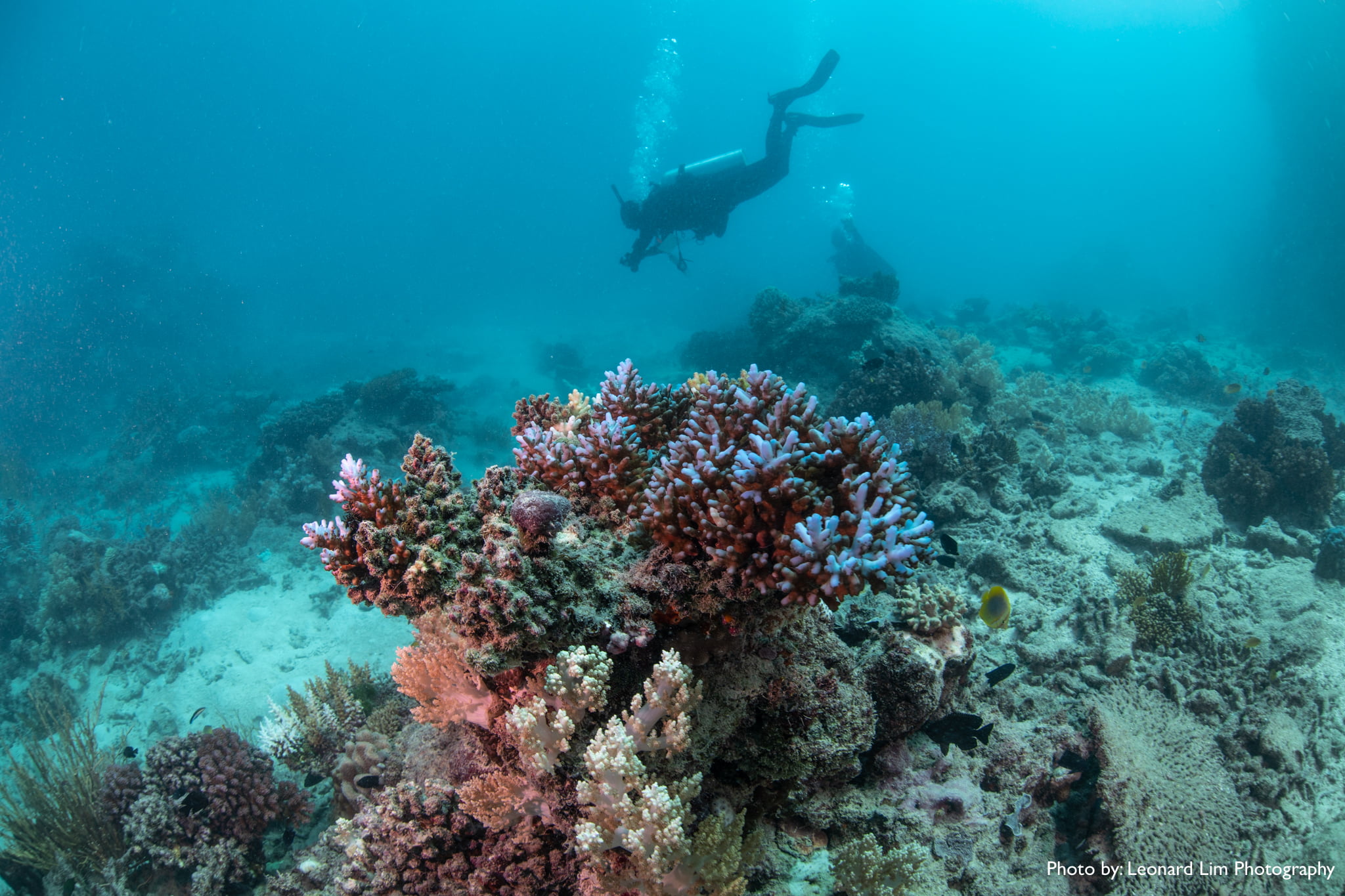
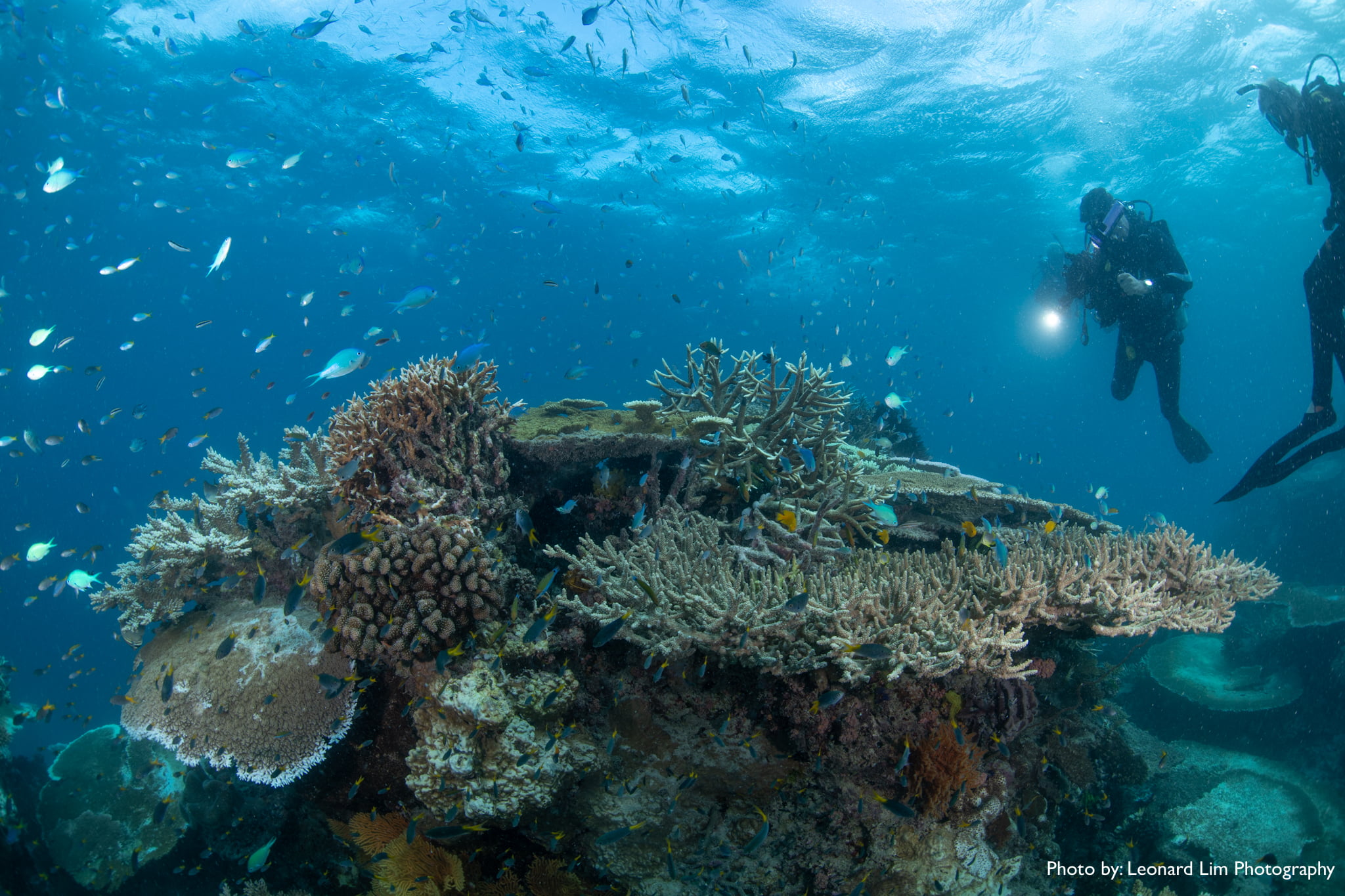
Anyone serious about accurately reporting coral cover at John Brewer reef would swim around the perimeter and also over the top where most of the coral is – this is what photographer Leonard Lim did.
Each of Leonard Lim’s photographs are a work of art, and also an accurate depiction of this reef for that moment in time. From Leonard Lim’s photograph we can see how coral cover varies with the different reef habitats as does the form of the different coral species. They are flat topped across the reef crest where sea level is such a limit to growth. Around the perimeter the corals are sparser and taller.
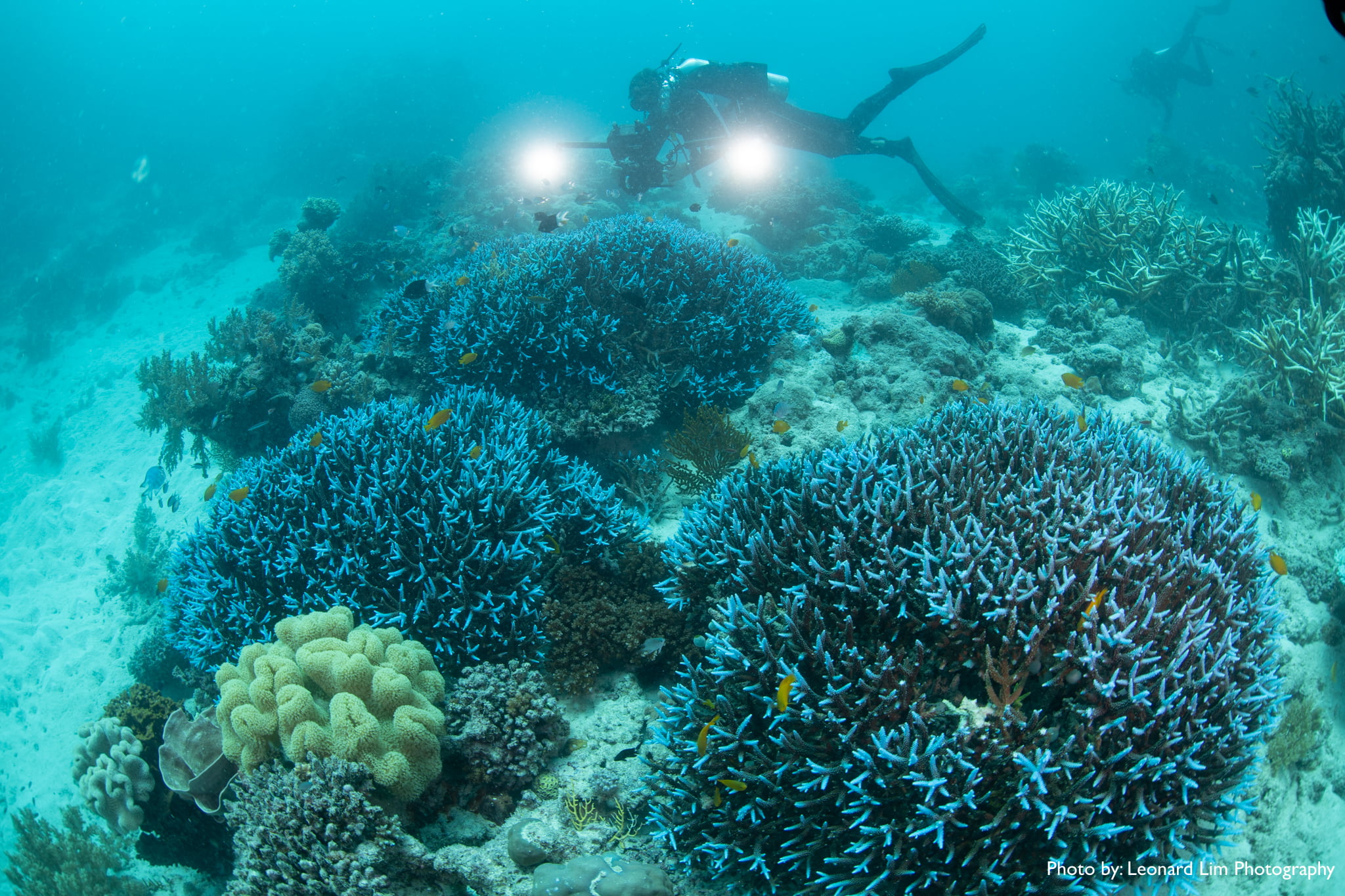
There is such diversity and such beauty at this reef. Yet the New York Times is reporting a sixth massive coral bleaching event and The Guardian is explaining that John Brewer Reef is at the centre of it all. These sources of news for millions of people are taking their lead from taxpayer funded activists at leading Australian research institutions including the Australian Institute of Marine Science (AIMS) that purports to accurately show coral cover by reporting it to one decimal place (21.8%) while it is only in the small print that it is explained they only survey the perimeter of coral reefs.
Then of course there is Terry Hughes from James Cook University. He is straight forward about his reasons for lamenting the beauty of this wonderland. He was on national radio last year saying that the Great Barrier Reef Marine Park Area deserved to be downgraded by the United Nations because he didn’t like Australia’s climate change policies.
Journalist Fran Kelly made the very reasonable comment that a listing should have something to do with actual impacts.
‘…if we look at it more broadly though, Terry, I mean, if climate change impacts are used as a justification for an endangered listing, then every reef must be, therefore, listed in danger because climate change is a problem [all over the world]. Every World Heritage Site that is affected in any way by climate change, must be listed as endangered. Is that the logical extension of this?’
The University Professor gave a very political reply.
‘Not really. There are 29 World Heritage Sites that have coral reefs. Four of them are in Australia. But other countries that are responsible for those World Heritage properties have much better climate policies [not necessarily better reefs] than Australia does. Australia is still refusing to sign up to a net zero target by 2050, which makes it a complete outlier. And I think this draft decision from UNESCO is pointing the finger at Australia and saying, If you’re serious about saving the Great Barrier Reef, you need to do something about your climate policies.’
Everybody claims to want to save the Great Barrier Reef but very few take the time to visit it. Professor Hughes flies over it at an altitude of 150 metres and scores the state of the corals out an aeroplane window. I would argue it is impossible to know their true health from this altitude. Certainly to see the exquisite beauty captured so perfectly by photographer Leonard Lim it is necessary to get under the water.
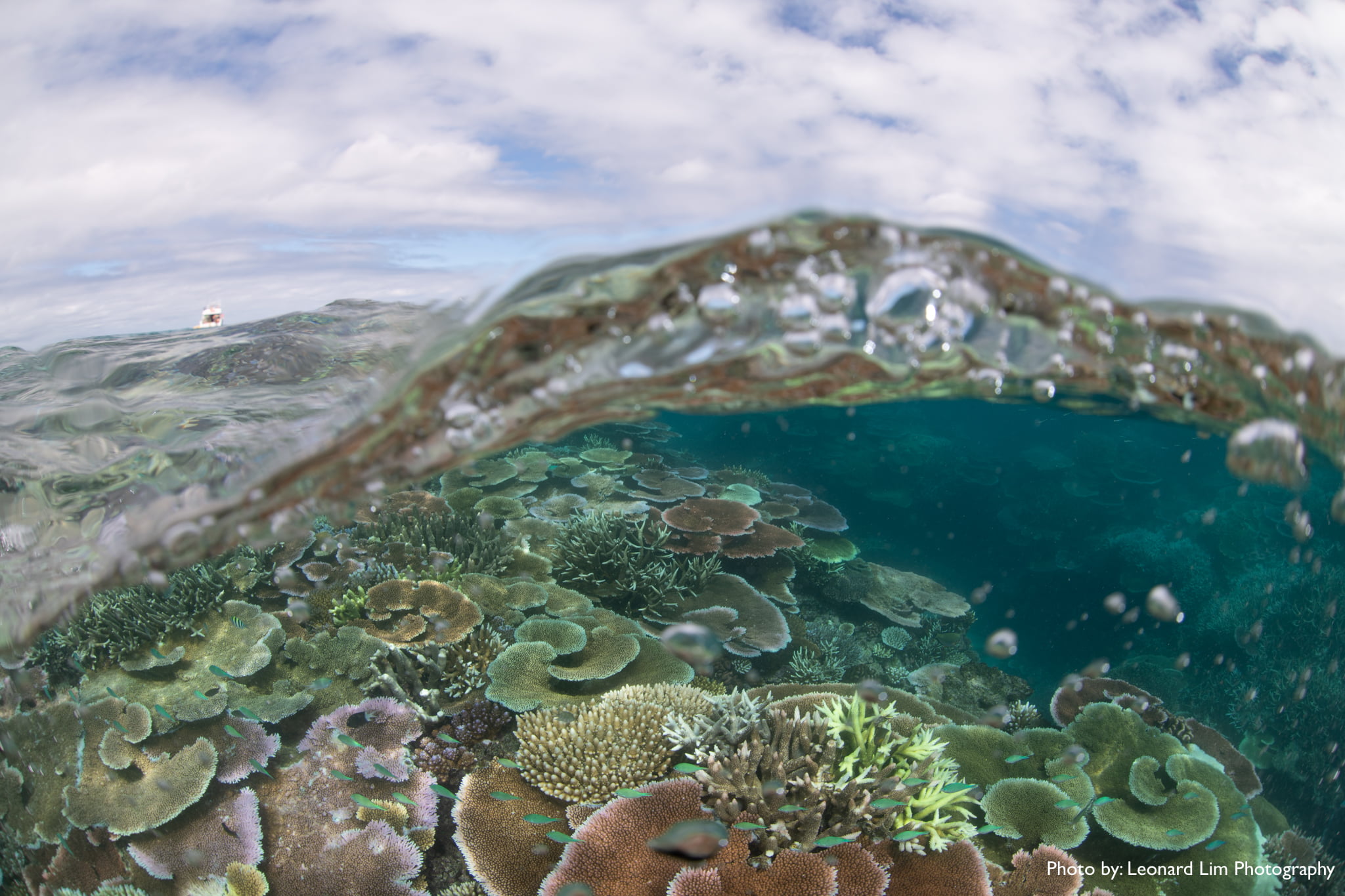
It is a travesty and a tragedy that one of the most beautiful and biodiversity ecosystems on this Earth is being falsely reported as dying.
It is evident in Leonard Lim’s photographs and also in the soon to be released long documentary filmed by Stuart Ireland that there are bleached corals at John Brewer Reef and many corals are fluorescing which is a form of bleaching.
The brightest pink and purple corals have expelled their symbiotic algae and increased their levels of natural pigmentation. This fluorescing is happening late in the season. These same corals are likely to be replete with new algae, with new zooxanthellae) within a few months. Corals naturally vary their colour during a single year though it is rare to see such a large number fluorescing. This was last observed at the Great Barrier Reef in 1998 and 2017.
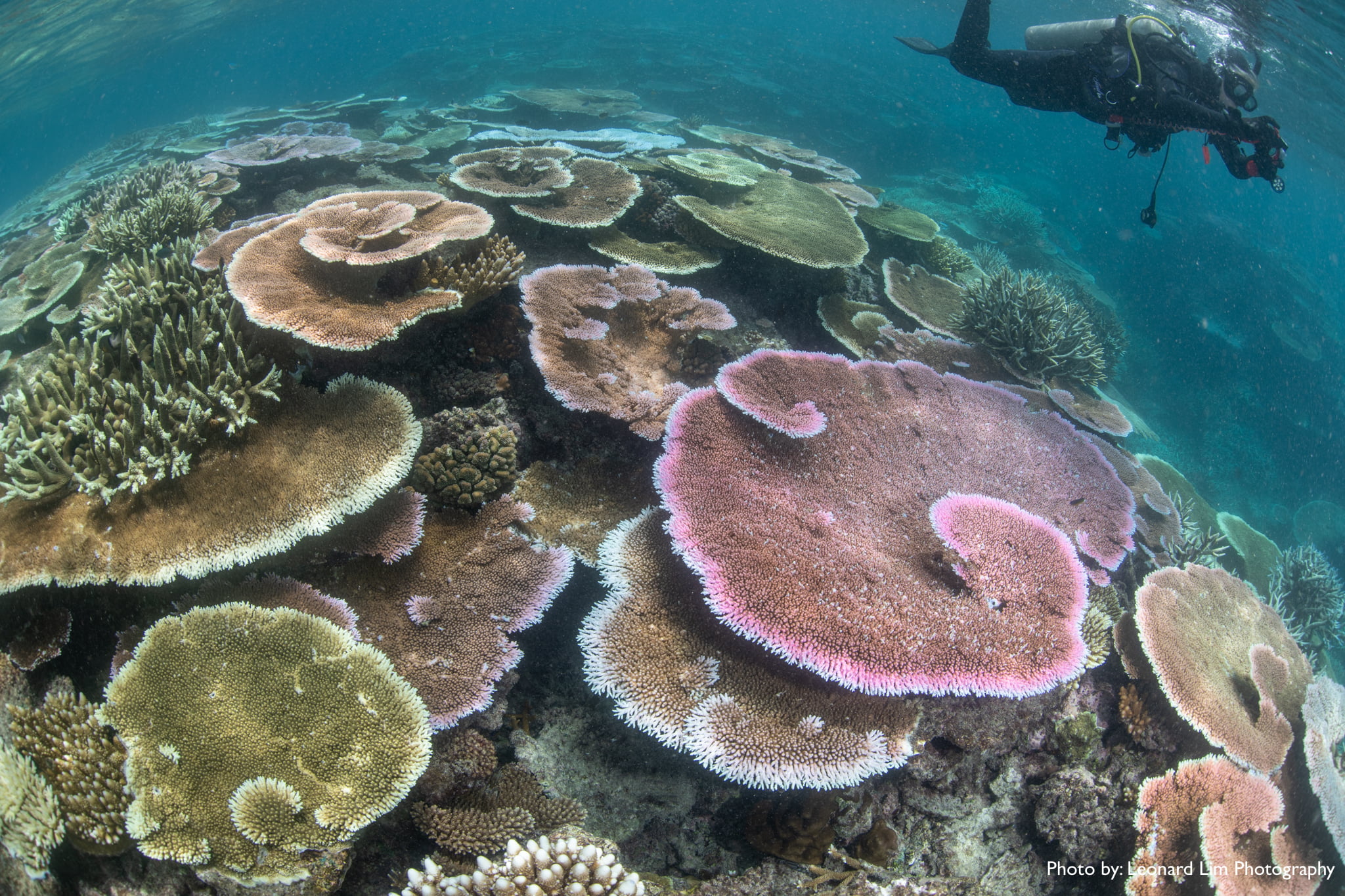
Coral bleaching was reported during the very first scientific expedition to the Great Barrier Reef undertaken by the Royal Society in 1929. There are paintings of coral bleaching observed in 1867 by Eugen von Ransonnet from a diving bell in the Red Sea.
Also, with me on 12th April was underwater cinematographer Stuart Ireland. He is currently editing a long documentary that shows not only the corals we swam over, but also the cheeky clown fish, clouds of blue chromis fish and a friendly white tipped reef shark. I saw metre-long Maori wrasse, tiny nudibranchs, and speckled sweet lip – all swimming in the crystal-clear warm waters of this most magical reef that is one of thousands that comprise the Great Barrier Reef, which is still one of great wonders of the world.
My visits this week (Sunday 10th and Tuesday 12th April 2022) were arranged through Adrenalin Snorkel & Dive, and I’m already planning a next trip with Paul in October.
All my research is funded by the B. Macfie Family Foundation through the Institute of Public Affairs.
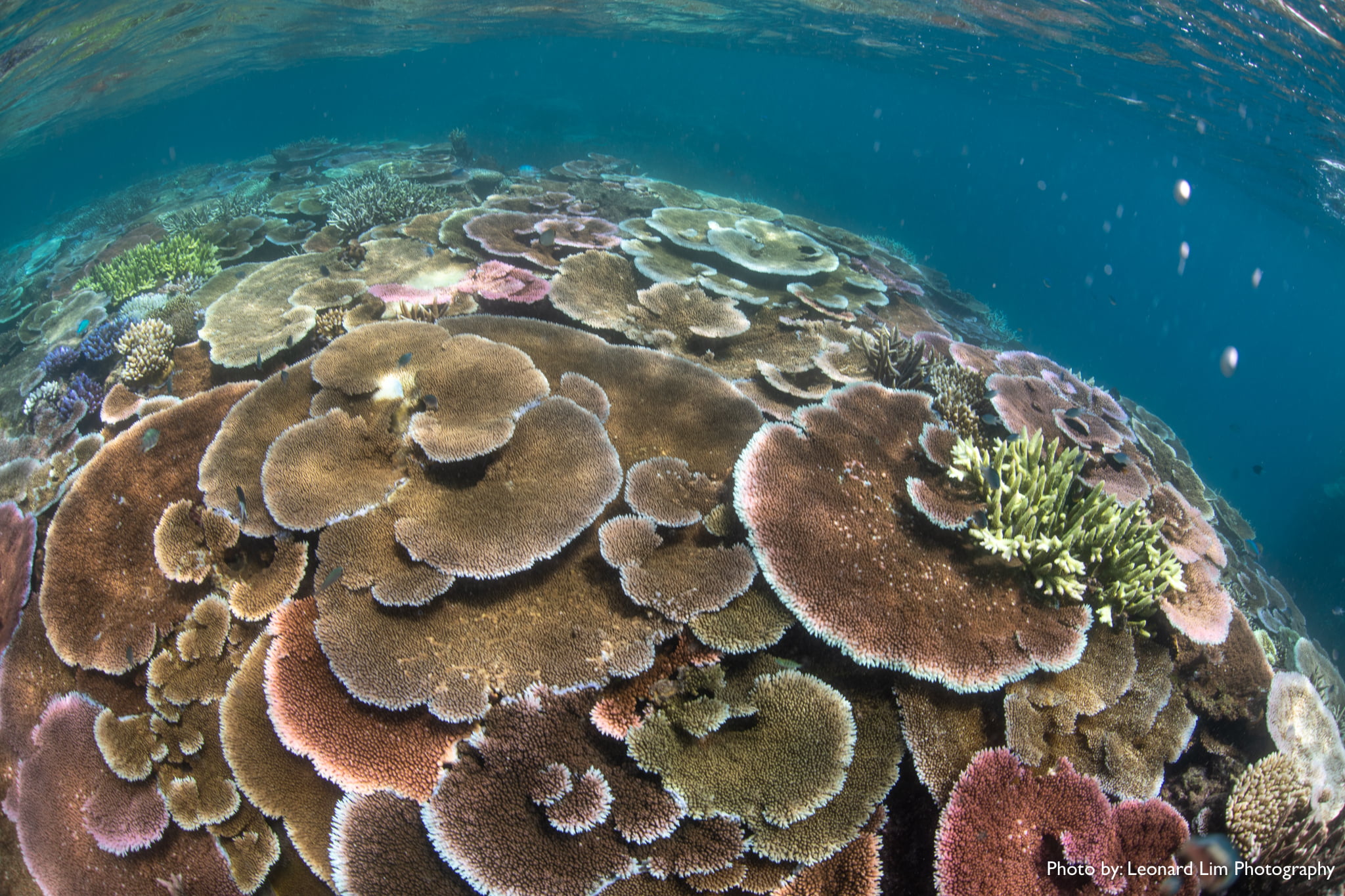

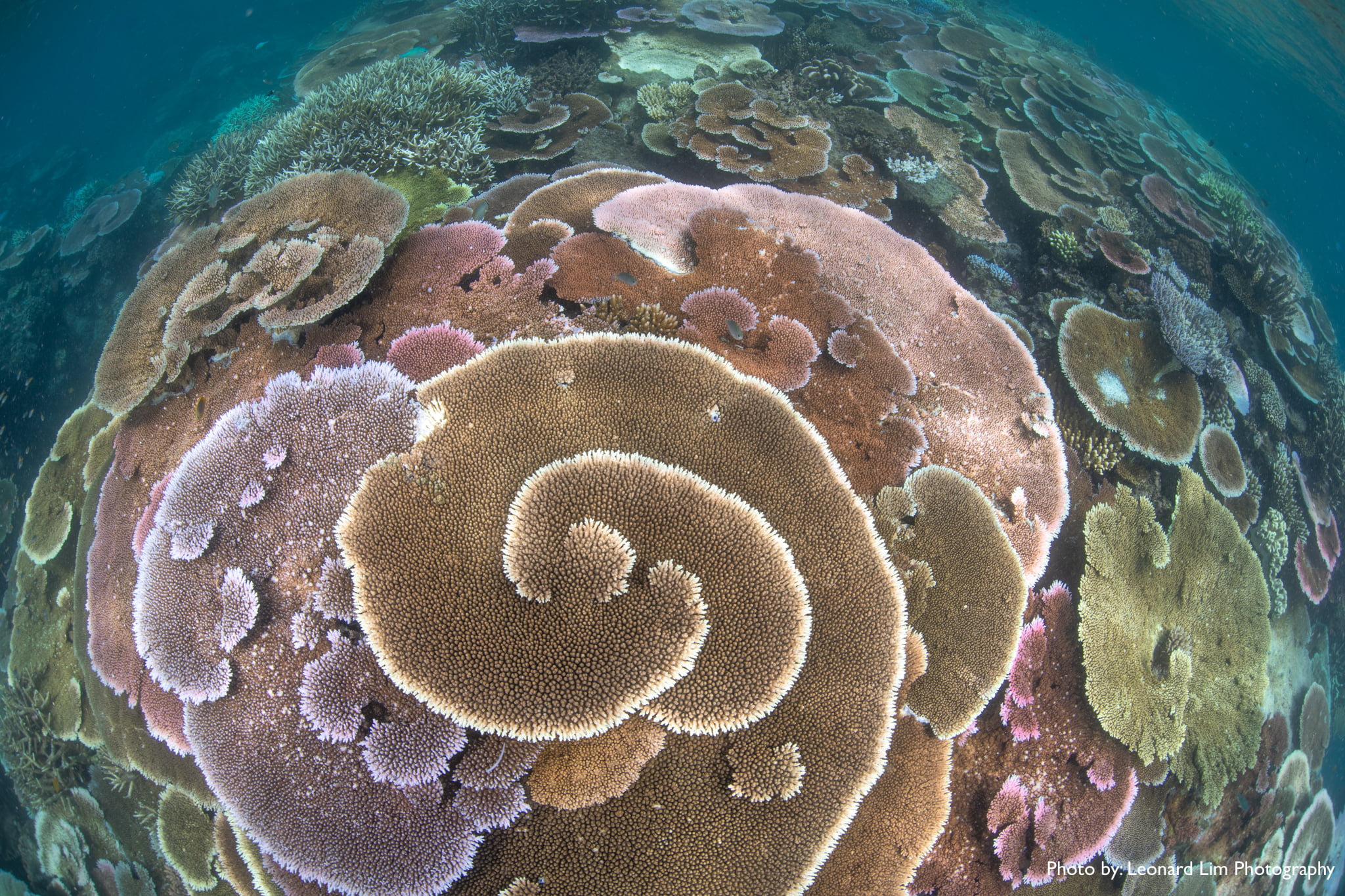
 Jennifer Marohasy BSc PhD is a critical thinker with expertise in the scientific method.
Jennifer Marohasy BSc PhD is a critical thinker with expertise in the scientific method.

Beautiful photos, Jennifer…….keep up the good work…….Alan
“It is a travesty and a tragedy that one of the most beautiful and biodiversity ecosystems on this Earth is being falsely reported as dying.”
Why would these marine ‘scientists’ do such crap unscientific dishonest reporting ?
Well I suggest it’s all-out MONEY !
If they told the truth that this reef is good & beautiful, they might undermine their future research funding !
But with their crap reporting they’ve lost their scientific integrity. And should not get any funding t all !
Hi Jennifer,
Many thanks for such an informative report. It is so refreshing to have people like yourself reporting such good truthful news. The problem I see with AIMS and JCU and other universities is that they are too scared to report the truth for fear of losing their green $$$$$ funding as a positive report would lead to people who are falsely lead to believe the reef is dying would pull their funding being cut, so these instructions have to tell lies so they keep the public, ABC and green money coming in
Leonard Lim’s photos are accurate portraits of John Brewer. This reef is off Townsville in far north Queensland where the sun gets mighty fierce in summer but I’ve never seen evidence of the alleged bleaching. It is absolutely the most delightful reef to snorkel. Nor have I found anyone who dived it purely to enjoy its beauty who says it is any different to Lim’s photos. These shots are also typical of what it looked like in 2016, 2017, 2018 etc etc… However. There are 1,000s of people in the Great Barrier Reef science business whose livelihoods depend on funding generated by frightening fake news – particularly as so many starry-eyed youth enrol in courses to “save” the reef, and then need jobs.
Thanks Jen for all your great work in trying to keep the bastards honest.
On top of a couple of billion already, the government is committing an extra $1 billion, as it seeks to avoid a ruling that the future of the reef is under threat…..
It’s not hard to work out what is driving the “science” in all this fakery.
What does it remind you of?
Howdy Jennifer. I believe you have a drone? Please consider taking it with you on your next trip and try an aerial survey of the reef at a height of 150 metres and an air speed of say 70 knots. This might, by comparing the aerial results with the underwater ones, validate the accuracy of the surveys done by the AIMS people.
Thanks great photos of great reef.Good work.
What we need to do is drag Guterres out to the reef, grab him by the scruff of the neck, & chuck him overboard at John Brewer Reef, & make him admit that the UN is the most corrupt organisation on earth, after seeing what the coral condition actually is.
Time we stopped wasting ordinary folks taxes on these universities & the UN.
The politics of climate change is killing the Great Barrier Reef, not nature in the real world but as usual the the political parasites are only interested in taxpayer’s money and will go to any length to fraudulently claim taxpayer’s money.
Hi Jennifer,
Would love to know your qualifications on all this in order to back your credibility. Have you contacted AIMS directly to ask how they reached this percentage and their methodology? AIMS have no secret agenda and have been upfront about the bleaching this year and the challenges the Great Barrier Reef faces so I find it deeply unsettling how you are aiming many of your arguments against them. They are scientists, marine biologists etc.. who have spent decades learning their trade. So this is why I am asking you: what is your education that gives you the advantage to discredit the work they do?
A sign of pervasive corruption is that those who are declining to report facts are receiving more funding than those who have the integrity to report the truth.
We are blessed that you and those you work with are the latter.
Keep up
The great work.
Hi Faye
Thanks for your comment. I have a BSc PhD, read the relevant reports from AIMS, and have a long term interest in the Great Barrier Reef. I abhor scientific misconduct and I am not frightened to speak out against it.
When I set out to make a film in 2020 ‘Finding Porites’ about AIMS and how they have stopped coring the massive Porites corals, I emailed AIMS (several times including the director and specific scientists) requesting interviews and permission to visit their headquarters and film the longest cores. There was not response. ( You can view ‘Finding Porites’ on YouTube here: https://www.youtube.com/watch?v=ZENS9xyK1a8&t=10s .)
After the film was made, and the launch organised at a local theatre, Neil Cantin from AIMS contacted me explaining that my film (Finding Porites) was incorrect in some of the detail. He claimed this based on the trailer. We had a long discussion (that I thank him for) but he could not explain to me what exactly I had got wrong. I invited him to the screening, including offering to give him the microphone and a good 30 minutes after the screening to explain to the audience what I had got wrong. He declined that invitation.
I am organising another screening of ‘Finding Porites’ and the new film that I am making about John Brewer Reef. The new film will focus on how AIMS measure coral cover. It is a travesty, and I intend to explain this through the new film. At the same time if someone from AIMS would like the opportunity to explain their method I will give them this opportunity.
I am keen to meet with AIMS and discuss their method. But my experience is that they will not tolerate any dissent or criticism.
The bottomline is that these institutions, not only AIMS, but also the GBRMPA and JCU, will not engage in any discussion or debate.
The sacking of Peter Ridd by JCU is a case in point. An introduction to that saga is here: https://jennifermarohasy.com/2019/03/fake-photographs/
Thanks for caring.
Is there any reef time series metric that would be tested against the solar cycle?
Water level?
Hi Jennifer,
Thank you so much for keeping me and so many others ‘In The Loop’. The information you provide and the superb prose and sincerity with which impart it makes it the first email I open on the daily it arrives.
Please keep up your good work; you are a shining light in our battle against the incredibly efficient IPCC pr machine.
When will the damn burst?
Jack Lowe, Manchester, England